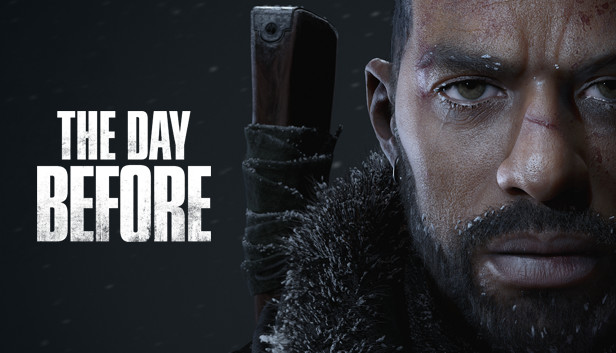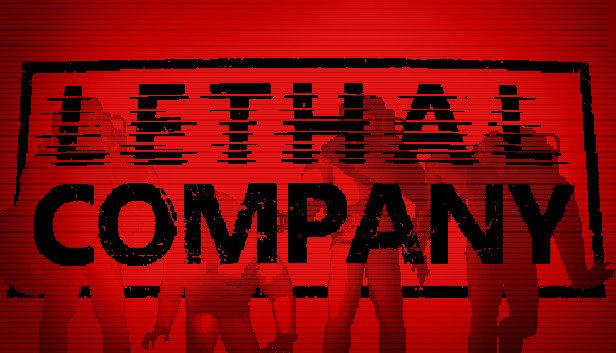The Day Before is an early access survival horror multiplayer extraction shooter video game developed by Fntastic and published by Mytona. Despite its potential for a smooth gaming experience, some players have reported an issue where the game becomes stuck on loading screens during launch. In this comprehensive guide, we’ll explore ten troubleshooting methods to help you resolve this problem and enjoy uninterrupted gameplay in The Day Before.
1. Check System Requirements
Before diving into the game, it’s crucial to ensure your PC meets the minimum system requirements to avoid launch and gameplay issues. Here are the recommended specifications:
Minimum System Requirements:
- Operating System: 64-bit Windows 10
- Processor: Intel Core i5-8400 or AMD equivalent
- Memory: 16 GB RAM
- Graphics: NVIDIA GeForce GTX 1060 or AMD equivalent
- DirectX: Version 12
- Network: Broadband Internet connection
- Storage: 55 GB available space
Recommended System Requirements:
- Operating System: 64-bit Windows 10
- Processor: Intel Core i7-8700 (3.2 GHz) or AMD equivalent
- Memory: 16 GB RAM
- Graphics: NVIDIA GeForce 1080 Ti or AMD equivalent
- DirectX: Version 12
- Network: Broadband Internet connection
- Storage: 55 GB available space
Meeting these requirements ensures a smoother gaming experience and minimizes the chances of encountering loading screen issues.
2. Increase Virtual RAM
If you’re experiencing low RAM issues, consider increasing your virtual memory to enhance performance. Here’s how to do it:
- Press the Windows logo key and type “advanced system settings,” then select “View Advanced System Settings.”
- Click “Settings” under the Performance section, then navigate to the “Advanced” tab and click “Change.”
- Uncheck the box for “Automatically manage paging file size for all drives.”
- Select your C: drive (where Windows is installed) and choose the “Custom size” option.
- Set both “Initial size (MB)” and “Maximum size (MB)” to “4096” (or three times your current RAM size in MB).
- Click “Set” and then “OK” to save the changes. Restart your computer for improved performance.
3. Properly Install Storage and RAM
To resolve loading screen issues, consider reseating your HDD/SSD and RAM components. Follow these steps:
- Remove the side panel of your CPU cabinet and gently unplug the HDD/SSD and RAM components.
- Clean the slots and components carefully.
- Reinstall the components properly in their respective slots.
Ensuring proper installation can resolve any potential hardware-related issues causing loading screen problems.
4. Update GPU Drivers
Keeping your graphics drivers up-to-date is crucial for optimal performance. Follow these steps to update your GPU drivers:
- Press the Windows + X keys and select “Device Manager.”
- Double-click “Display adapters” to reveal your dedicated graphics card.
- Right-click your graphics card and choose “Update driver,” then select “Search automatically for drivers.”
- If an update is available, let the system download and install it.
- Restart your computer to apply the changes immediately.
5. Close Unnecessary Background Tasks
Optimize your PC’s performance by closing unnecessary background tasks that consume system resources. Here’s how:
- Press Ctrl + Shift + Esc to open Task Manager.
- Select the tasks you want to close under the Processes tab and click “End Task.”
- Repeat this process for each task individually.
- Restart your computer to experience the immediate effects.
6. Update ‘The Day Before’
Ensure you have the latest game updates to resolve potential bugs. Follow these steps to check for updates:
- Open the Steam client and navigate to Library.
- Right-click on ‘The Day Before’ in the left pane.
- If an update is available, click “Update” to download and install it.
- Allow some time for the update to complete, then reboot your PC before launching the game.
7. Check for Windows Updates
Outdated or corrupted Windows operating systems can lead to issues. To ensure your system is up to date, follow these steps:
- Press Windows + I keys to open Windows Settings.
- Click on “Update & Security,” then select “Check for updates” under the Windows Update section.
- If a feature update is available, click “Download and install.”
- Wait for the update to complete, then restart your PC to apply the changes immediately.
8. Disable Overlay Apps
Some applications come with their own overlay programs that can affect gaming performance. To resolve this, disable these overlay apps:
Disable Discord Overlay:
- Launch Discord and click the gear icon at the bottom.
- Go to “App Settings” > “Overlay” and turn off “Enable in-game overlay.”
- In the “Games” tab, select “The Day Before” and disable the “Enable in-game overlay” toggle.
- Restart your PC to apply the changes.
Disable Xbox Game Bar:
- Press Windows + I to open Windows Settings.
- Click on “Gaming” > “Game Bar” and turn off “Record game clips, screenshots, and broadcast using the Game Bar.”
- If you can’t find the Game Bar option, search for it in the Windows Settings menu.
Disable Nvidia GeForce Experience Overlay:
- Launch Nvidia GeForce Experience, go to “Settings.”
- In the “General” tab, disable “In-Game Overlay.”
- Restart your PC and relaunch “The Day Before.”
Additionally, ensure that other overlay apps like MSI Afterburner, Rivatuner, RGB software, or third-party overlays are also disabled if they run in the background.
9. Perform a Clean Boot
Automatic startup of certain apps and services can consume resources and bandwidth. To identify the cause, perform a clean boot on your computer. Here’s how:
- Press Windows + R and type “msconfig,” then press Enter to open System Configuration.
- Go to the “Services” tab and enable “Hide all Microsoft services.”
- Click “Disable all,” then click “Apply” and “OK” to save changes.
- In the “Startup” tab, open Task Manager.
- In Task Manager’s “Startup” tab, disable high-impact startup tasks one by one.
- Restart your PC to apply the changes.
10. Verify Game Files
If your game files are corrupted or missing, verifying them can help. Follow these steps:
- Launch Steam and go to Library.
- Right-click on “The Day Before” in the list of installed games.
- Select “Properties” > “Local Files.”
- Click “Verify Integrity of Game Files.”
- Wait for the process to complete, then restart your computer.
Conclusion
By following these troubleshooting methods, you can ensure that “The Day Before” no longer gets stuck on the loading screen on your PC. These comprehensive solutions are designed to address various potential issues and enhance your gaming experience. Enjoy a smoother and more immersive journey in the world of “The Day Before.”






